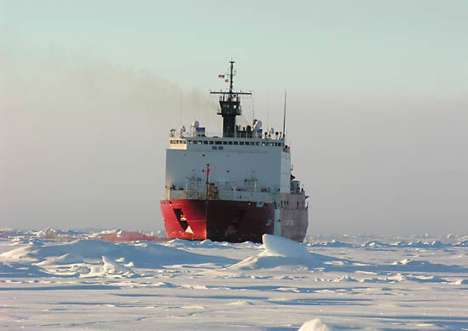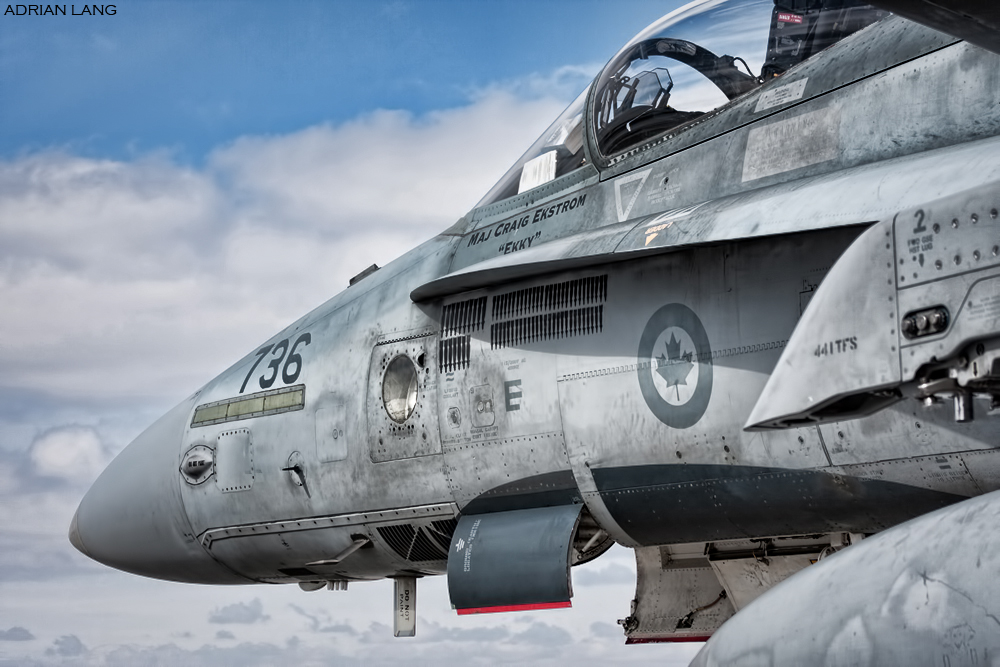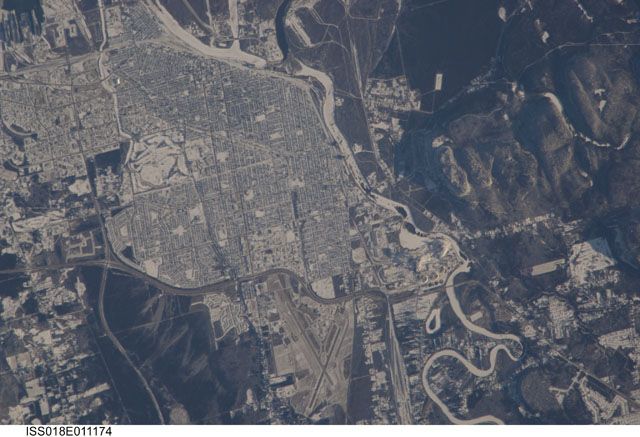The 16 October 2013 Throne Speech provides many points of consideration for Canadians in the coming weeks. The priorities of the federal government are grouped into three categories for the Throne Speech: creating jobs and opportunities for Canadians; supporting and protecting Canadian families; and finally, putting Canadians first. Under the last of these are the priorities related to defense and sovereignty. Although there are many strong priorities within the Throne Speech, the defense and sovereignty goals for Second Session of the Forty-First Parliament are simply steps in the right direction.
Consider the priority of Arctic Sovereignty. The Throne Speech congratulates the government, which has taken steps to achieve sovereignty in the North. Many of the steps outlined by the Governor-General have been somewhat successful. There has been a 25% increase in the Canadian Rangers since 2007. Although modernized equipment will not arrive until a new deadline of 2016, the Canadian Forces Arctic Training Center did open in August 2013, albeit a year past its 2012 deadline; and Canada seems to be prepared to submit its proposal on its continental margin to the UN Convention on the Law of the Sea (UNCLOS) in December 2013.
However, many of the steps that the Throne Speech outlines for the continuation of this progress are only marginal. The completion of the Dempster Highway, the opening of the Canadian High Arctic Research Station and the deep water port at Nanisivik, the defense of the seal hunt and the protection of natural resources, as well as researching the “fate of Sir John Franklin’s lost Arctic expedition” all promote sovereignty within Canada and within Canada’s north. Canadians, however, are already convinced that the Arctic belongs to Canada. It is not Canadians that need convincing. It is no longer 1919 and necessary to build transportation networks, such as the Canadian National Railways system to protect Canadian land from invaders. International Law has changed the need for this type of sovereignty patrol. What Canada needs to focus on is using International Law to achieve its aims; to use its chairmanship of the Arctic Council to steer discussion in a meaningful way, and ultimately to assure Canadian sovereignty through international recognition, rather than internal recognition.
Ultimately, the Arctic goals outlined in the Throne Speech are good steps in the right direction. However, they cannot be viewed as more than steps toward a greater goal. Canada’s upcoming submission to the Committee of the UNCLOS is an important step in assuring sovereignty, but it cannot be a step taken alone. Investment in arctic-capabilities, such as icebreakers and aircraft that can withstand the colder temperatures are steps that need to be taken, but none of these are addressed in the Throne Speech. Furthermore, none of the steps that the Canadian government proposed in the Throne Speech can independently or collectively assure Canadian Arctic sovereignty. Nor will they aid Canadians in convincing the international community that the Arctic belongs to Canada. What these steps will do is create a greater focus on the Arctic by Canadians, and, like the rest of the Throne Speech, pacify the Canadian voters while accomplishing little effective change.




